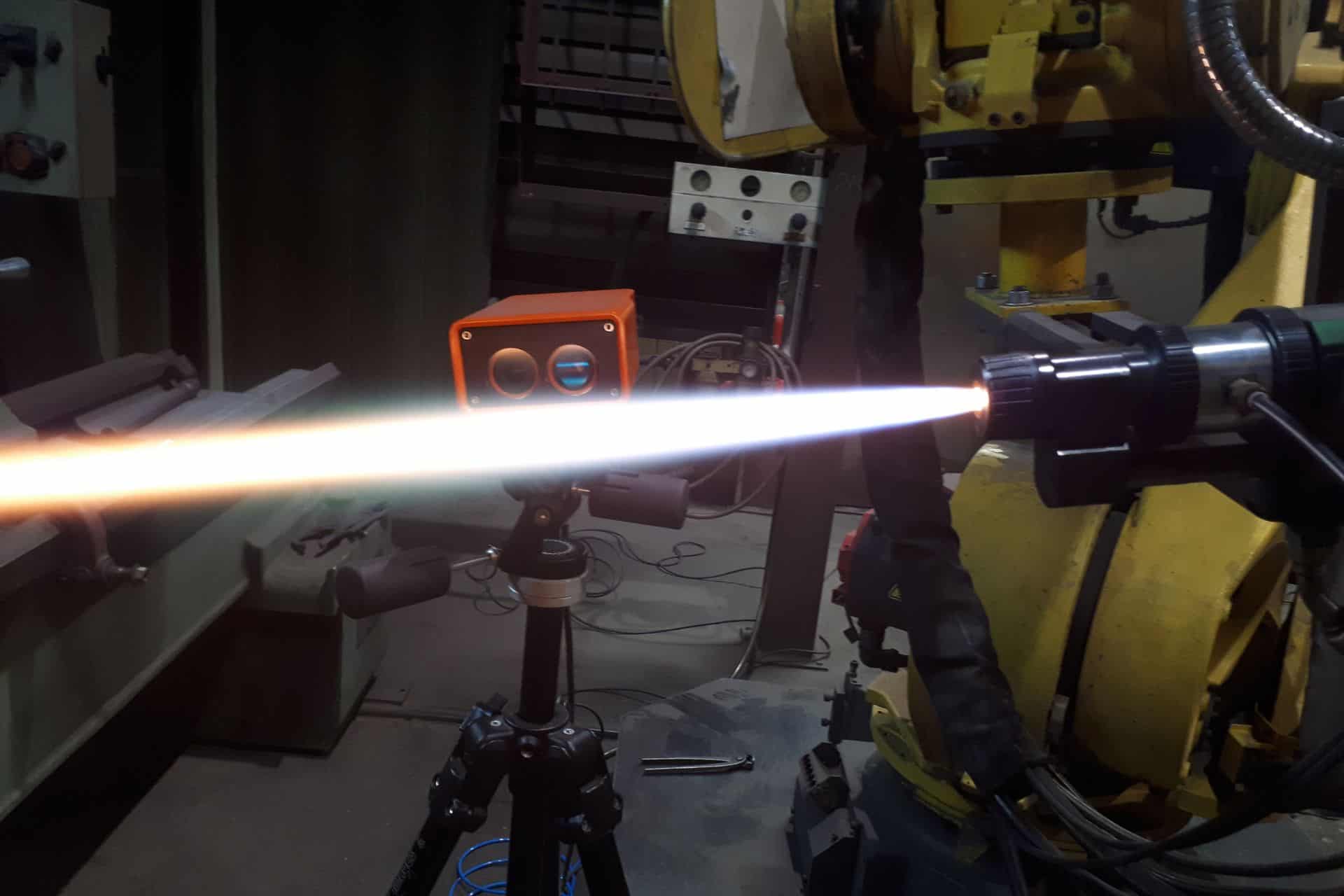May 30, 2022
Improvement of In-Flight Particles Diagnostic System to Monitor Process Stability in Thermal Spray Processes
In the past 25 years, we have seen thermal spray processes such as Atmospheric Plasma Spray (APS), High Velocity Oxygen Fuel Spray (HVOF) and Suspension Plasma Spraying (SPS) transition from research and development towards mainstream production technology. Since thermal spraying is a multi-parameter and multi-response process, it is susceptible to process instabilities. Consistency and repeatability are of utmost importance in production lines that spray high volumes of coatings. Since process parameters such as feed rate, particle velocity, temperature, electrode wear and nozzle blockages can dramatically affect the coating properties, monitoring and controlling these parameters can significantly improve the process repeatability. This study presents an improvement in the online process monitoring sensor, the Accuraspray 4.0, to achieve repeatable coatings. The Accuraspray 4.0 introduces a new process stability measurement in order to quantify and control the variability in thermal spray processes and to make process monitoring more production friendly. The sensor includes a stability analysis tool which compares the real-time standard deviations of nominal plume parameters against bench-marked values found using statistical principles. This study details the theory behind the process stability measurement and presents a case study conducted in collaboration with an automotive production facility employing this new feature. It was found that monitoring the standard deviations of parameters being measured can allow the user to control stability in their thermal spray process to spray large volumes with higher confidence in the consistency of their coatings. This upgrade brings the Accuraspray 4.0 one step closer to becoming the industry standard for thermal spray production facilities.
Key words: in-flight particles diagnostics, process monitoring, thermal spray sensor, thermal spraying
Originally published as proceedings paper at ITSC2022 (No: itsc2022p0848, pp. 848-855)
By W. Jibran, A. Nadeau, C. Desmarais
